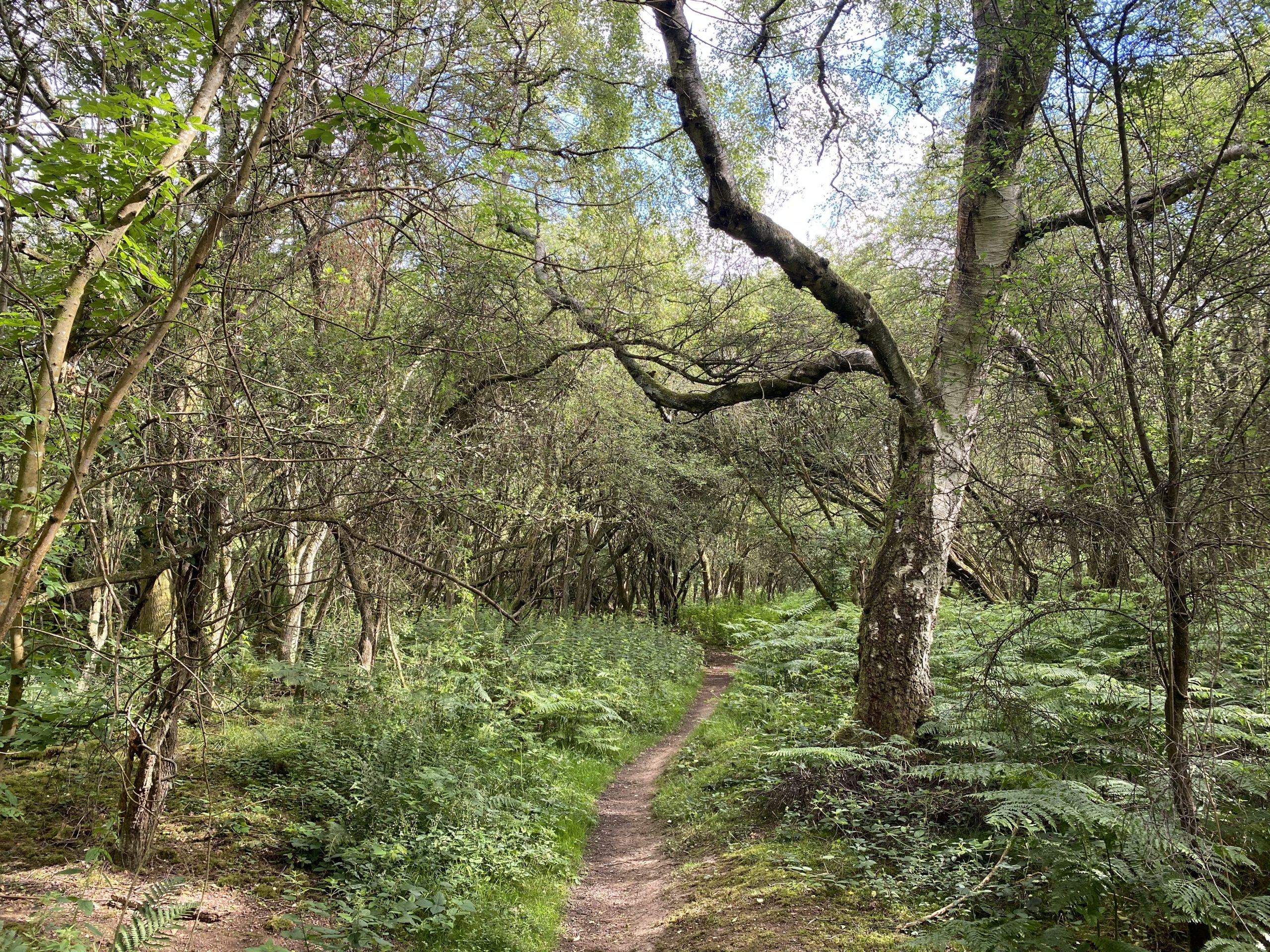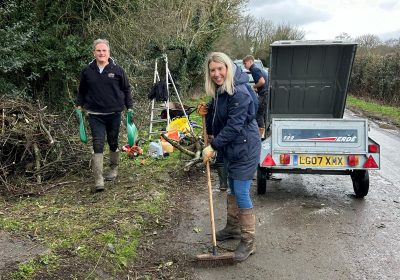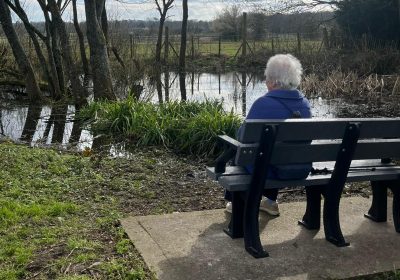As residents, we are fortunate to have the beautiful Banstead Heath on our doorstep. I’m sure some residents and visitors will know its history, but many may not.
In the Sixteenth Century, the area was part of the Nonsuch Estate and was the hunting grounds of King Henry VIII; in fact, the current Sportsman Public House was one of his hunting lodges. By the nineteenth Century, Banstead Heath was common land owned by the local commoners. However, with the introduction of railways, some started to sell their rights to the land, as did others when a Yorkshire baronet Sir John Hartopp began to buy up commoners rights land for house-building. In 1877 the local commoners supported by the Corporation of the City of London commenced a court action to preserve the Banstead Commons; this court action took 12 years to resolve and took many twists and turns. Finally, in 1889, the Court ruled in favour of the Commoners. In 1893, Parliament passed the Metropolitan
Commons (BANSTEAD) Supplemental Act 1893 that established the Commons as we know them today and formed the Banstead Conservators to oversee them. For those who wish to learn more, please visit
http://www.bansteadcommonsconservators.co.uk/
Banstead Commons consists of four sites Banstead Heath, Burgh Heath, Banstead Downs, and Park Downs. Altogether it is 1350 acres of beautiful green space. Banstead Heath can be accessed from many locations in Lower Kingswood and has 760 acres of diverse green space, a mosaic of heathland, grassland, meadow and woodland. This beautiful green space is enjoyed at all times of the year by us locals and visitors, who explore its 8 miles of tracks by various means. Over the last two years, the Heath’s open space and tranquillity have been valuable in maintaining and improving people’s physical and mental well-being. It is not just a space for humans to enjoy; it’s home to many birds, invertebrates, and mammals, with specific areas classed as Sites of Special Scientific Interest (SSSI). To quote others,’ it is a true jewel in the borough’.
The 1893 Act stipulated the legal duties of the Conservators and assigned them the responsibility of maintaining and protecting the Banstead Commons from the Lord of the Manor. Society and the Commons ownership may have changed, but the Conservators’ legal duties and role in preserving the integrity of the Commons from external pressures and interference continues to this day. Their work ensures that native wildlife continues to thrive, and we enjoy access to this beautiful space.
The Banstead Commons are today owned by Reigate and Banstead Borough Council (RBBC). The funding of the Conservators is a complicated issue as the 1893 Act made no provision for funding the Conservators and the necessary work they undertake to preserve to the Commons. In fact, their 2020-2021 report shows a yearly expenditure of nearly £150.000, with RBBC supplying an £85,000 grant towards their core funding. Up to now, the remainder came from grants and limited other means.
Unfortunately, they are losing over £34.000 year in funding from the Rural Payments Agency, a funding stream the UK Government has not replaced for Common Land following the UK’s exit from the EU. With the loss of this funding and a reduction in other funding streams, the conservators are facing a sizeable financial shortfall. An obvious solution would be an increase in funding from Central Government or Local Authorities. However, there are many demands on the public purse, and how and where taxpayers’ money is used is never an easy decision. As one of the local Residents Associations that adjoin the Commons, we have lobbied for increased funding and for Central Government and RBBC to carefully consider the need to preserve the Commons and the impact of not adequately funding the Conservators to protect it. As residents and users of this valuable resource, I suggest that we consider the impact of losing it and support the Conservators where we can hold our representatives to account for their decisions.



